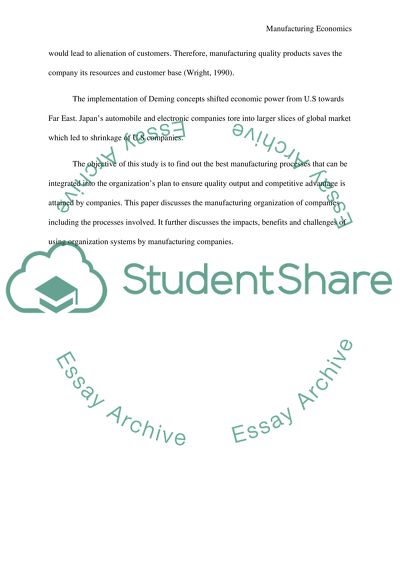Cite this document
(“Session Manufacturing: Economics, Quality and Organisation Assignment”, n.d.)
Session Manufacturing: Economics, Quality and Organisation Assignment. Retrieved from https://studentshare.org/family-consumer-science/1644323-session-manufacturing-economics-quality-and-organisation
Session Manufacturing: Economics, Quality and Organisation Assignment. Retrieved from https://studentshare.org/family-consumer-science/1644323-session-manufacturing-economics-quality-and-organisation
(Session Manufacturing: Economics, Quality and Organisation Assignment)
Session Manufacturing: Economics, Quality and Organisation Assignment. https://studentshare.org/family-consumer-science/1644323-session-manufacturing-economics-quality-and-organisation.
Session Manufacturing: Economics, Quality and Organisation Assignment. https://studentshare.org/family-consumer-science/1644323-session-manufacturing-economics-quality-and-organisation.
“Session Manufacturing: Economics, Quality and Organisation Assignment”, n.d. https://studentshare.org/family-consumer-science/1644323-session-manufacturing-economics-quality-and-organisation.


